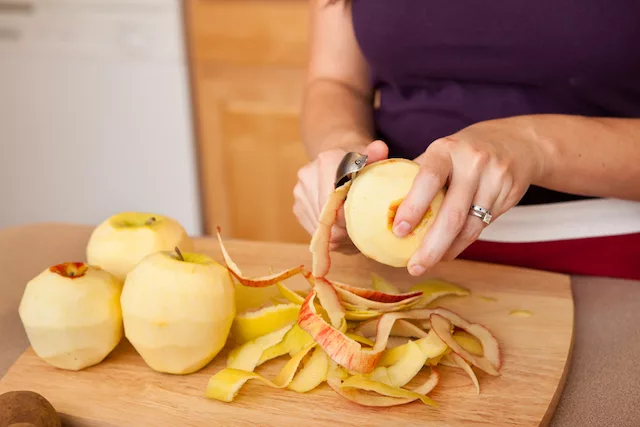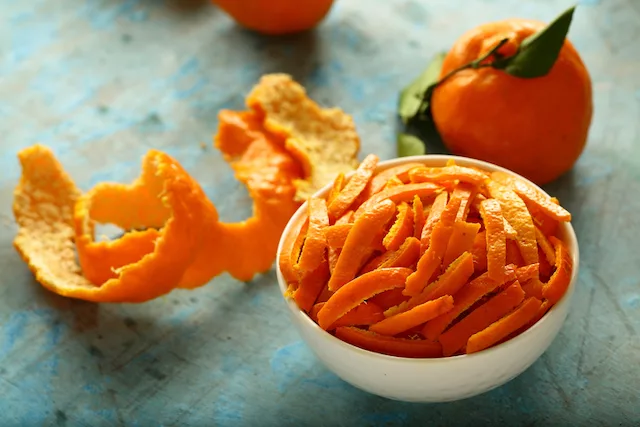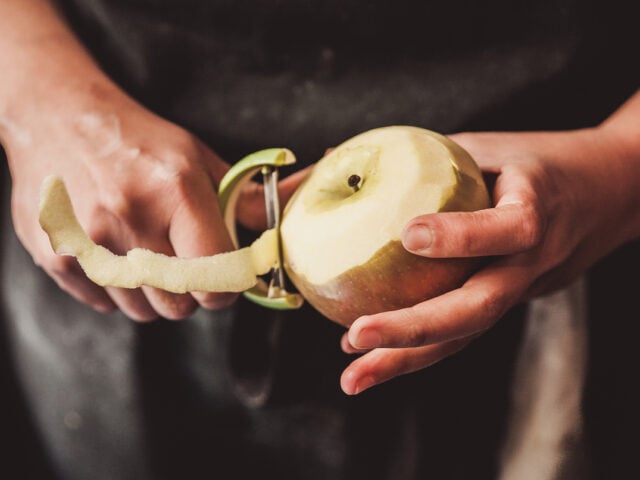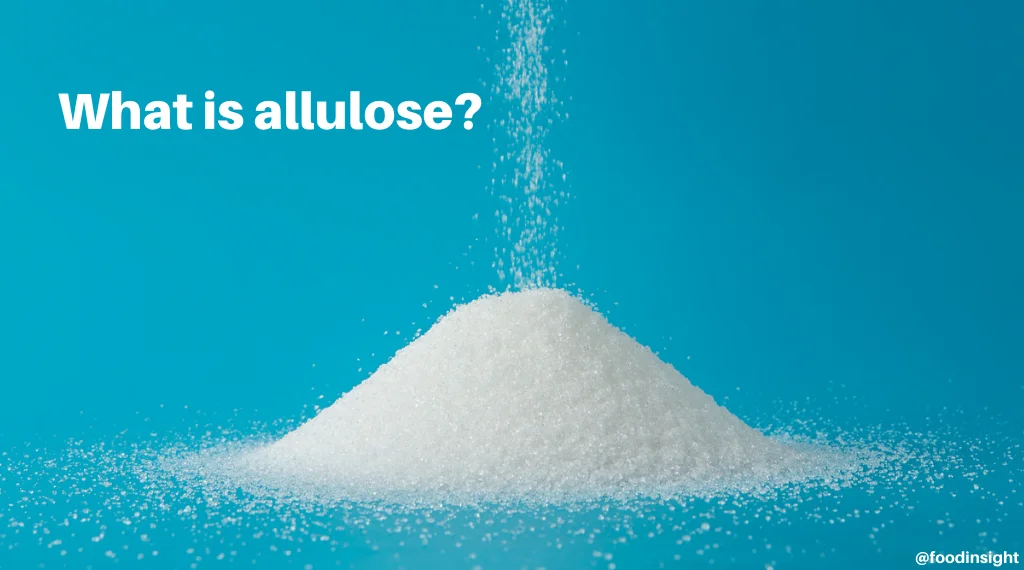Think about the last time you grabbed an apple out of the fridge for an afternoon snack. Are you the type of person who bites into it right away? Or do you take it to the sink to soak or scrub it first? Do you remove the peel before slicing it? Perhaps you don’t think much about it.
We’re living in a time when making choices about food isn’t just about nutrition, but also sustainability, safety, and convenience. The decision of whether or not to remove the peel of your favorite produce before eating it has become a topic of debate.
Furthermore, a company called Apeel has created an extra layer of “skin” for produce that helps keep it fresh for longer. But does this add to the concerns about what’s on our fruits and veggies? According to social media posts that went viral earlier this year (and will probably circulate again), it does.

So, what’s the truth? Is Apeel safe? Should you strip the protective layers of nature’s bounty or embrace the skin and all its nutrients (and potential risks)? We’re diving into the question of whether to peel or not to peel, including how to spot Apeel on fruit and veggies and whether it’s worth worrying about.
WHAT IS APEEL ON FRUIT?
Apeel Edipeel is a plant-based coating that was created to lengthen the shelf life of fresh produce. It’s intended to keep moisture in and oxygen out to slow the ripening (and rotting) timeline. The company claims that it can keep produce fresh for twice as long as normal and reduce waste.
The coating is based on cutin, a waxy barrier against the elements made of fatty acids and naturally exists on fruits and vegetables. Apeel — made from purified monoglycerides and diglycerides — can either be used to spray or dip the plant in which helps it block elements that promote rotting.
Currently, Apeel is only approved for avocados, limes, mandarins, apples, and cucumbers that are available in select stores (like some Target, Safeway, and Costco locations). Produce that is coated in Apeel bears an oval-shaped, green and white sticker indicating such.
So, is Apeel Edipeel safe to consume? Well, if you were on social media in April of 2023, you may have noticed viral posts sharing a safety data sheet claiming that Apeel was hazardous and could cause serious damage to your health. But what people sharing the post didn’t realize was that the safety sheet wasn’t for Apeel Edipeel but for an unrelated cleaning product called Apeel.
The bottom line? Apeel Edipeel, the coating used on certain fresh produce to lengthen shelf life, has not been shown to be dangerous to your health. The ingredients, monoglycerides and diglycerides, fall in the category of Generally Recognized as Safeby the Food and Drug Administration (FDA). As of now, experts say that Apeel produce doesn’t seem concerning.
Now that we’ve got that sorted out, let’s move on to some of the other things to consider when it comes to our produce. First, what are the pros and cons of consuming fruits and veggies with the skin left on?
PROS OF CONSUMING PRODUCE SKIN
The aversion to eating the peels of fruits and veggies often forms as a texture issue during childhood, but it can continue into our adult years out of habit. However, learning to leave the edible skin on certain types of produce can enhance the nutritional benefits we get from it.
Katie Schimmelpfenning, RD tells us, “Eating the skin of produce such as apples and potatoes not only boosts the nutrients you get from the food but the fiber too. Fiber from peels helps to promote fullness.”
Fiber is a critical nutrient for health that many American adults are lacking. In fact, surveys estimate that only 5% of us are meeting the minimum daily requirements for fiber — which is around 30 grams.

Schimmelpfenning explains that beyond fiber, produce skin is a rich source of vitamins, minerals, and antioxidants. She continues, “These can help to reduce inflammation and prevent diseases such as cancer and heart disease.”
In addition to the extra nutritional benefit of eating the skin, leaving it on can help reduce our household food waste and the overall environmental impact of our diet.
After all, a whopping 30-40% of the food supply in the United States ends up in the landfill. Some of this food loss is due to issues like spoilage at various points along the supply chain, but much of it is also consumer and retail waste. Eating the skin of your produce is one way to keep excess out of the trash.
CONS OF CONSUMING PRODUCE SKIN
While there’s no doubt that produce skin is a good source of nutrients, eating it doesn’t come without potential risks to consider.
Wan Na Chun, MPH, RD, CPT tells us that the skin of fruits and vegetables can be home to harmful chemicals, pesticides, and contaminants. To reduce the risk of consuming them, she says, “It’s recommended to wash and soak the produce, as well as choosing organic [varieties].”
Chun explains that the Environmental Working Group (EWG) publishes an annual analysis called the “Dirty Dozen™. This is a list of 12 fruits and vegetables that are found to be most contaminated with pesticides based on the latest testing data from the United States Department of Agriculture and the Food and Drug Administration.
The 2023 Dirty Dozen list includes strawberries, spinach, kale, collard and mustard greens, peaches, pears, nectarines, apples, grapes, bell and hot peppers, cherries, and blueberries.

Chun says, “Exposure to harmful chemicals, pesticides, and contaminants found on the skin of some fruits and vegetables can pose potential risks to human health including dermatological, gastrointestinal, neurological, carcinogenic, respiratory, reproductive, and endocrine effects.”
The EWG also published what’s called The Clean 15 list, which includes the produce tested to contain the least amount of pesticides. Those that make the cut typically have a tough outer peel or husk that needs to be removed before eating, therefore protecting it from contamination.
The latest list includes avocados, sweet corn, pineapple, onions, papaya, frozen peas, asparagus, honeydew, kiwi, cabbage, mushrooms, mango, sweet potatoes, watermelon, and carrots.




